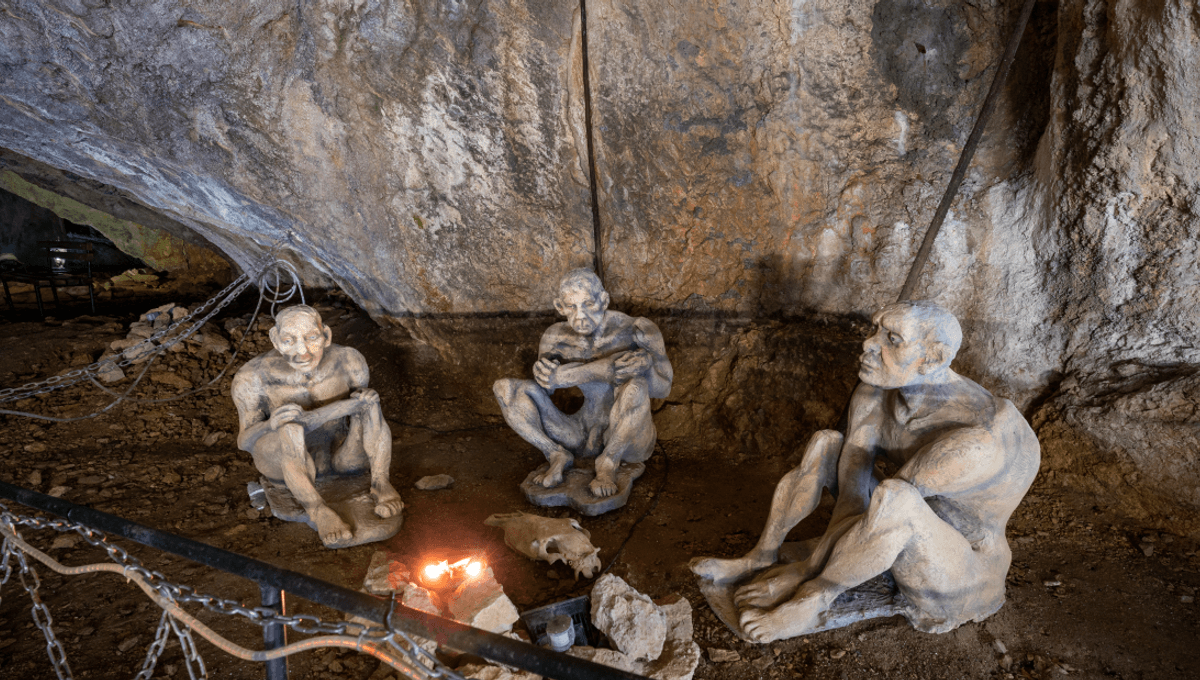
Aging ancient bones and artifacts has long been done using radiocarbon by detecting the isotope carbon-14, but this method wasn’t perfect when it came to accuracy, limiting the conclusions we could draw from data. Now, to expand the capabilities of radiocarbon and better understand the movements of our ancient ancestors, scientists are introducing a new approach: Radiocarbon 3.0.
The shiny new way of aging ancient things involves three key changes to the way samples are pre-treated, measured and calibrated. It yields results that are more accurate, which gives us not only a clearer picture of the age of very old things, but also the chronology of past events.
This is particularly pivotal in the study of Palaeolithic archaeology, because it can tell us if ancient remains found at the same site were there at the same time or separated by hundreds or thousands of years. Knowing this can reveal the movements of early humans, such as when Neanderthals were muscled out by modern humans in Europe, contributing towards our understanding of evolution.
In a paper titled Back to the future: the advantage of studying key events in human evolution using a new high resolution radiocarbon method, researchers review the updates included in Radiocarbon 3.0 to explore key archaeological sites in Europe.
“Using Radiocarbon 3.0, we were able to reconstruct more accurately the movements of ancient hominids, which occurred at major European archaeological sites, during different climatic phases,” said first author Sahra Talamo, professor at the University of Bologna’s Department of Chemistry, in a statement.
“Thanks to this kind of analyses, it is therefore possible to obtain new valuable information on the evolution of the earliest human settlements and the resilience of hominids in different climatic phases, all of which may have contributed to the global spread of Homo sapiens.”
Their analyses revealed that human occupation at the Bacho Kiro cave in Bulgaria, known as the earliest site of modern humans in Europe, did not occur all at once but over several separate occasions. Whether it was split into three or two depended on the Bayesian model used in their investigations, but it gives more information about the order in which humans were at the site than we’ve been able to glean from samples before Radiocarbon 3.0 came along. And it seems the updates have far-reaching benefits in our study of Earth’s history.
“Our exercise shows that using Radiocarbon 3.0 we are able to accomplish the definitive high resolution of European key archaeological sites during recurrent climate fluctuations, and model the human and faunal species’ responses from a diachronic perspective,” concluded co-author Michael Richards of Simon Fraser University, Canada.
“This is the way to promote knowledge exchange between archaeology, palaeoclimatology, geochronology, and geosciences in general, all essential disciplines in the study of the human past.”
The paper was published in PLOS ONE.
Source Link: New Way Of Aging Ancient Things Gets Thumbs Up In Homo Sapiens Cave